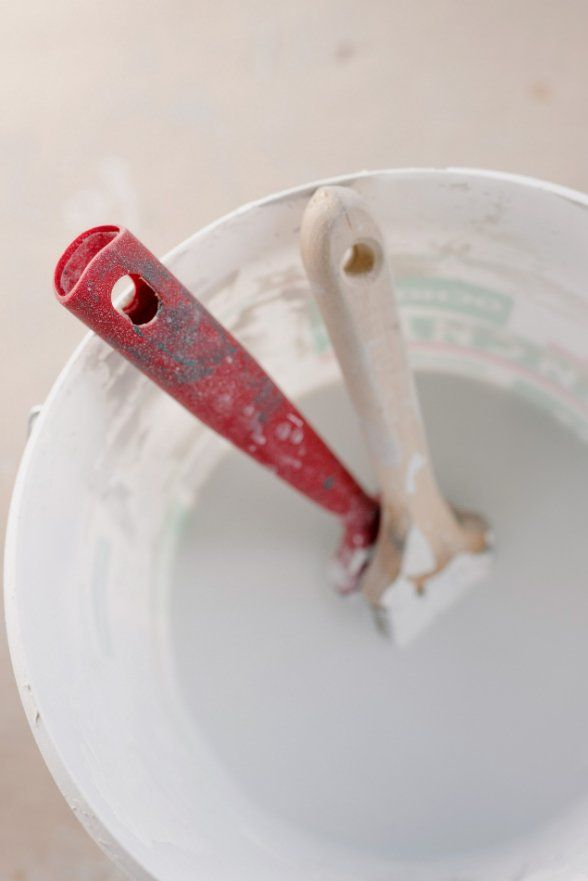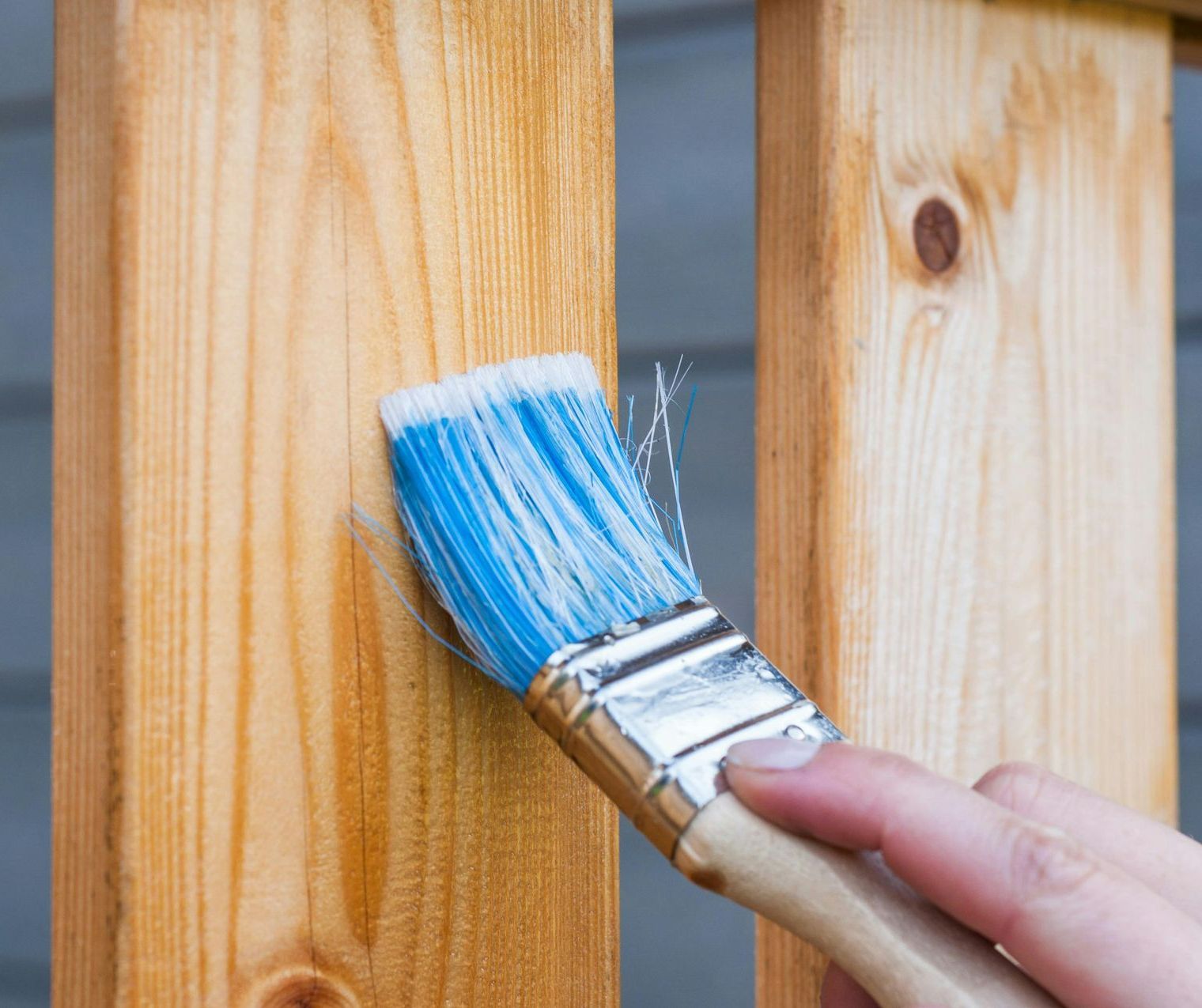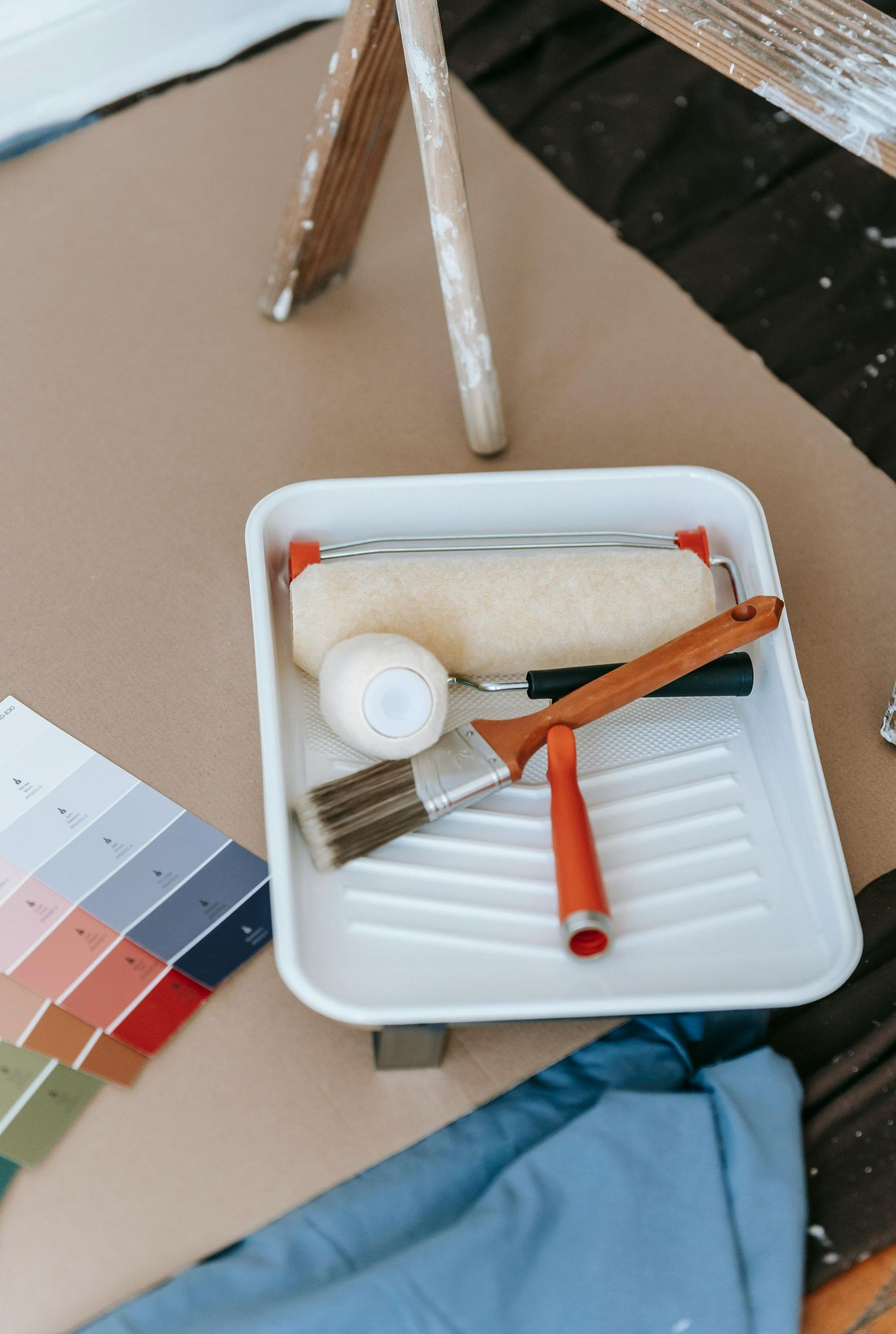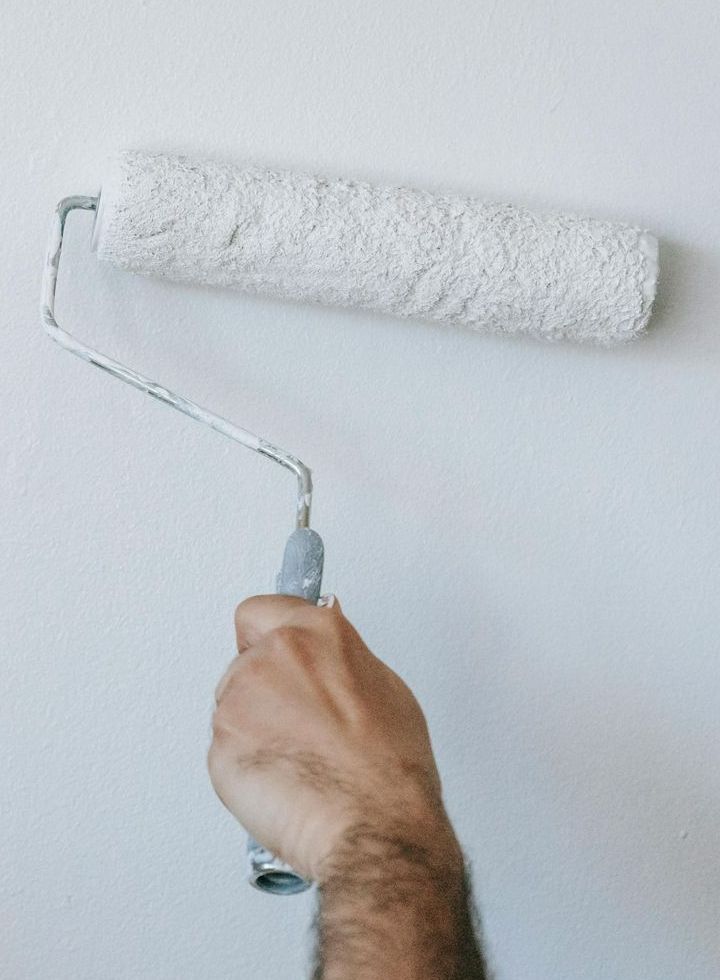5 Tips for Painting Your House: How to Prepare, Paint, and Finish

Painting your home may be a difficult task. Knowing where to start, what supplies you need, and how to get the job done correctly can be challenging. But with the proper preparation and supplies, painting your house can be easy and relatively quick. This blog will provide five tips on preparing for, painting, and finishing your house painting project.
1. Choose the appropriate season to paint. The weather can significantly impact how well your paint job turns out. Painting your home in the summer is not recommended if you live in a humid environment. The heat and humidity might cause the paint to blister and peel. Painting your house in late spring or early fall.
2. Choose the right sort of paint for the job. There are numerous sorts of paint for various surfaces. A long-lasting exterior paint is advised if you're painting your home's exterior. For interior surfaces, there are a variety of paints to choose from, depending on the look you're going for.
3. Prepare the surface. Before you start painting, it's essential to prepare the surface properly. This includes removing any old paint, sanding down any rough spots, and cleaning the surface of dirt and debris.
4. Paint in sections. When painting your house, it's best to work in sections. If you use this technique, you'll be sure to notice any missed areas, and the painting process will go more smoothly.
5. Finish up. Once you've finished painting, it's essential to properly clean up your equipment and supplies. It also helps guarantee that your paint job is long-lasting.
How to prepare the surface for painting
You should ensure that the surface is properly prepared before you begin painting. The following are some suggestions for preparing your home for painting:
1. Clean the surface thoroughly. All dirt and dust must be removed before painting. Use a broom or a pressure washer to clean the surface.
2. Remove any loose paint. Before painting, inspect any flaking or peeling paint and remove any loose or flaky paint with a putty knife or scraper. Remove the loose paint using a putty knife or scraper.
3. Repair any cracks or holes. Any cracks or holes in the surface need to be repaired before painting. Use caulk or spackle to fill in the cracks and holes.
4. Prime the surface. After the surface has been cleaned, dried, and restored, it must be primed before painting. This will aid in the paint's adhesion to the surface and ensure that the color is more consistent.
5. Choose the correct paint. Make certain that the paint you select is suitable for the surface you're painting. If unsure, consult a professional painter or a hardware store worker.
How to paint your house
Painting is the final step in your journey to beautiful. Now that the surface has been prepared, you may begin painting. Here are some paint-related pointers:
1. Choose the right brush. Different types of brushes are designed for use with various kinds of paint. If unsure, consult a professional painter or a hardware store worker. Choose the appropriate brush.
2. Paint in sections. When painting, it is best to work in small sections. This way, you can be sure that the paint is evenly applied and that you are not missing any spots.
3. Use painter's tape. Painter tape can create sharp lines and prevent paint from getting on surfaces you don't want.
4. Paint the trim first. It's usually preferable to begin with the trim when painting a house's outside. This way, you can be sure that the paint doesn't get on the siding or windows.
5. Use a ladder. Painting the outside of a property necessitates the usage of a ladder. Set up the ladder correctly and have someone hold it steady while you paint.
Tips for finishing the job correctly
Once you have finished painting, you must let the paint dry before adding any finishing touches. The following are 3 tips on how to finish your house painting project:
1. Add a top coat. A top coat of paint will help protect the paint and make it last longer.
2. Touch up any spots. If any sections of paint are chipped or need to be retouched, now is the time to do it.
3. Let the paint dry. Before you move the furnitures back into the room or walk on the newly painted floors, wait at least 24 hours.
Painting your house doesn't have to be a daunting task. If you follow these simple tips, you can make the process much easier and less time-consuming. You can paint your house like a pro with some preparation and the right supplies. When painting your house, it's essential to prepare the surface properly so the paint will adhere correctly and look good for years to come. In this blog, we've outlined how to prepare the surface for painting and apply the paint itself. Finally, we've provided a few tips for finishing the job properly so you can enjoy your newly painted home for years to come.
If you need more assistance painting your home, contact us at 03 6144 4081. We’ll be happy to help you!
Free Instant Quote
***plus free bonus coupon***
Contact Us
We will get back to you as soon as possible.
Please try again later.
You might also like


